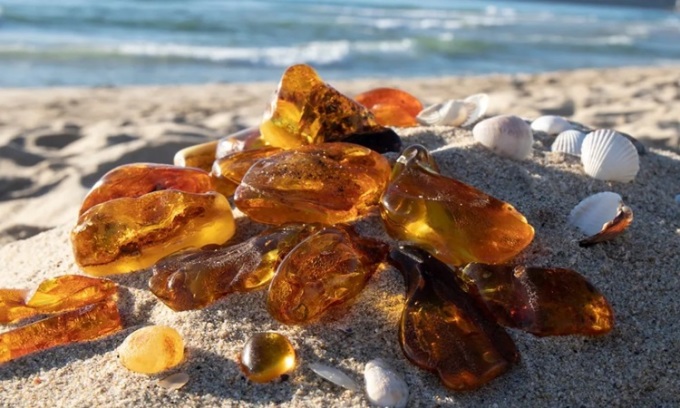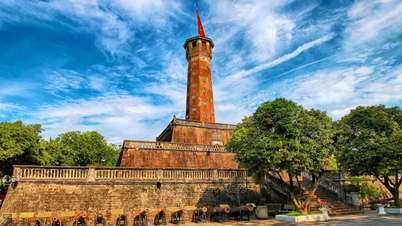In addition to the Silk Road, another combined land and water route used to transport amber also existed for centuries.

The largest amber mine is located in the Baltic region of northwestern Europe. Photo: Milla77
The Silk Road, which connected the far corners of Eurasia, was not the only major route in the ancient world . In Europe, an ancient trade network stretched from the North Sea to the Mediterranean, helping to satisfy the demand for amber, which was known as the “gold of the north,” according to IFL Science .
Researchers cannot pinpoint exactly when the Amber Road began. People have been collecting amber from the Baltic coast for more than 13,000 years, although evidence of long-distance amber trade dates back to around 3,000 BC. The organized amber trade developed 3,500 years ago.
Like the Silk Road, it was not a single route but a complex of interwoven trade routes. It consisted of a loose network of roads and river routes from Northern Europe and the Baltic Sea, running through present-day Germany, Poland, Austria, Hungary and Slovenia, towards the Mediterranean Sea with Italy, Greece, Syria and Egypt.
Chemical analysis of amber ornaments found in southern Europe has revealed that most originated in northern Europe or the Baltic Sea. Even the tomb of ancient Egypt’s most famous boy king, Tutankhamun, contained Baltic amber. Evidence of Baltic amber has even been found in Asia, suggesting that the amber trail extends further than previously thought. In 1914, two 3,800-year-old amber beads were discovered near the west bank of the Tigris River in Iraq. Using advanced imaging techniques, scientists have recently determined that the amber originated in the Baltic.
Amber was not the only commodity traded along the route. Other goods from the north, such as skins, furs, honey, and wax, were also exported. In return, the northerners would buy Roman glass, brass, gold, and many other metals from the Mediterranean.
Valuable for its transparent orange color, amber is fossilized resin that oozes from certain coniferous trees. These trees grew in southern Scandinavia and the Baltic more than 45 million years ago, likely leading to the accumulation of huge amounts of amber in the region. This area in northern Europe is home to the world’s largest amber mines. It’s not uncommon to find chunks of amber washed up along the beaches of the Baltic Sea. They’ve been smoothed by the waves and sometimes covered with tiny barnacles. This beautiful material is often found in jewelry and other decorative items, and is also used for medicinal purposes and to ward off evil spirits.
Unusually large amber deposits are also located in the Mediterranean, most notably in Sicily, at the foot of the Castrogiovanni (now called Enna) and Caltanissetta mountains. Today, Baltic amber is still prized for its beauty and unique chemical composition.
An Khang (According to IFL Science )
Source link




























![[Photo] National Assembly Chairman Tran Thanh Man visits Vietnamese Heroic Mother Ta Thi Tran](https://vphoto.vietnam.vn/thumb/1200x675/vietnam/resource/IMAGE/2025/7/20/765c0bd057dd44ad83ab89fe0255b783)





































































Comment (0)